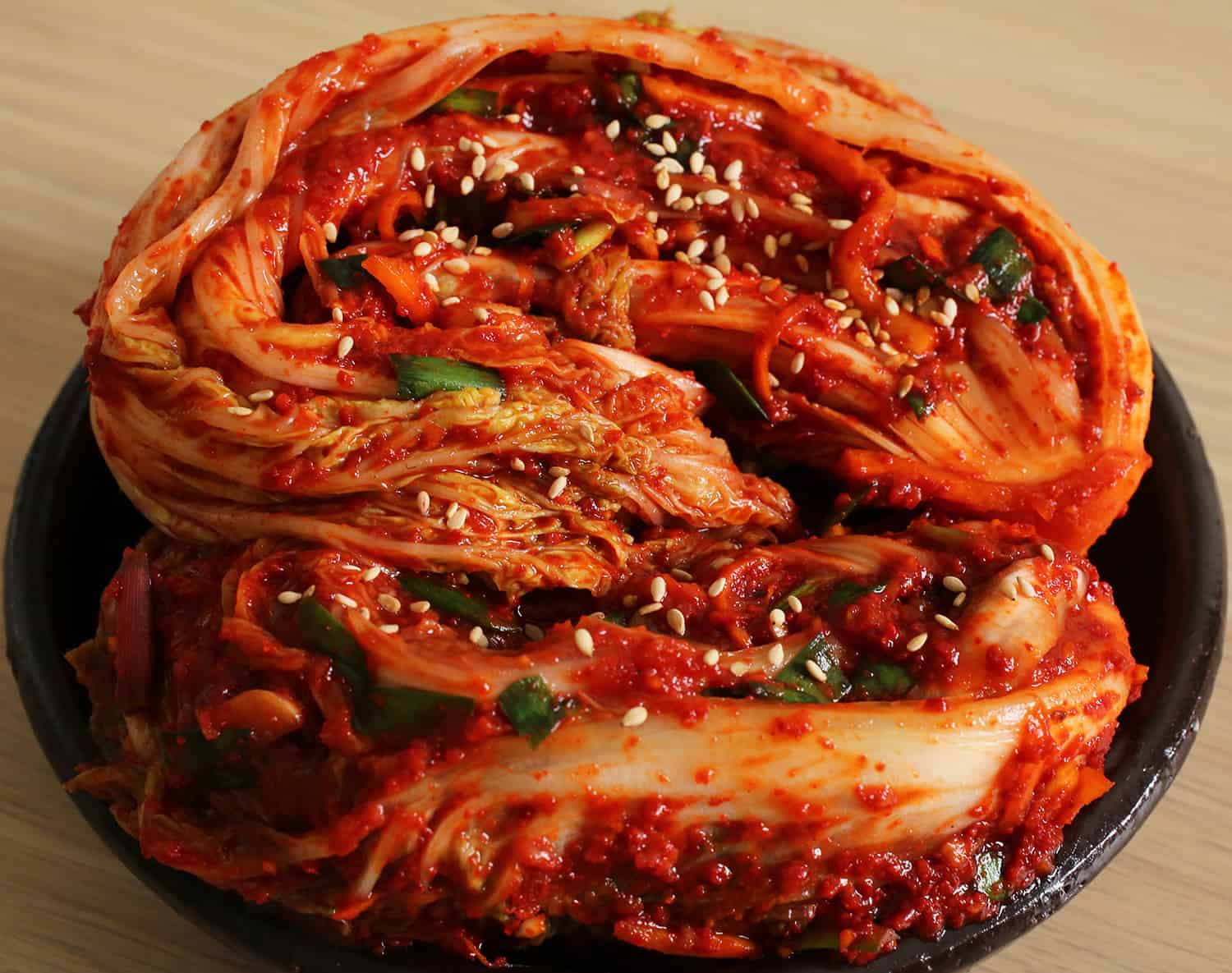Staying Afloat
Survival of the fittest. Whether you like this term or not, it is true to our current conditions in these pandemic-stricken times. Only the ones that are able to capitalize off this situation will survive (definite hyperbole included, although it is true to some extent). We have to be smart and be creative in order to survive this pandemic, as the conventional business industry is going to be weakened or temporarily disabled by the coronavirus we have to look into innovative ways on how to capitalize and survive through the pandemic.
One of the things we can capitalize on in this situation is to somewhat start a small business to gain extra income. In our opinion, one of the business sectors that is the easiest to take advantage of is the food industry. (Disclaimer: We do not intend to say that other sectors are less promising than the food industry, other sectors include business/goods and services that focus on things that we can do during self-quarantine)
- Rich source of vitamins (A, B, C, and K)
- Contains minerals such as calcium, iron, and phosphorus
- Acquires phytochemicals that are known to have detoxification, anti-inflammation, and anti-oxidative, immune-stimulating properties, antibacterial and antiviral effects.
- Vegetable-based probiotic food
- Prevention of inflammation, immune system promotion, and cholesterol reduction in relation to the prevention of atherosclerosis
- Napa cabbage is considered to be effective for preventing stomach cancer due to its rich source of dietary fiber
- Garlic which is also used to make kimchi has shown possible cancer-preventive effects in stomach cancer development.
- The lactic acid probiotics found in kimchi are known to suppress the expression of carcinogen activating enzymes.
- The presence of Hallyu Wave (Spreading and increase of consumption in everything related to the Korean culture) that is growing in Indonesia might make kimchi one of the better targets of food manufacturing given that kimchi is a traditional Korean food.
- The trend of having a healthy diet has been on the rise lately in Indonesia as people become more health-conscious, considering kimchi can be classified as healthy food, it is a suitable product for the current and future market
- The increasing practice of veganism or vegetarianism in an effort to reduce animal cruelty and environmental impacts that come with animal-based products manufacturing can make kimchi (traditionally uses anchovies powder but vegetarian versions of the recipe can be easily found) a viable option.
- Other than possibly the gochugaru, the ingredients required to make kimchi are very common and widespread in Indonesian cities.
4) https://extension.arizona.edu/sites/extension.arizona.edu/files/pubs/az1748-2017.pdf
5) https://cals.arizona.edu/fps/sites/cals.arizona.edu.fps/files/cotw/Napa_Cabbage.pdf
6) https://media.neliti.com/media/publications/80963-ID-fenomena-konsumsi-budaya-korea-pada-anak.pdf




Comments
Post a Comment